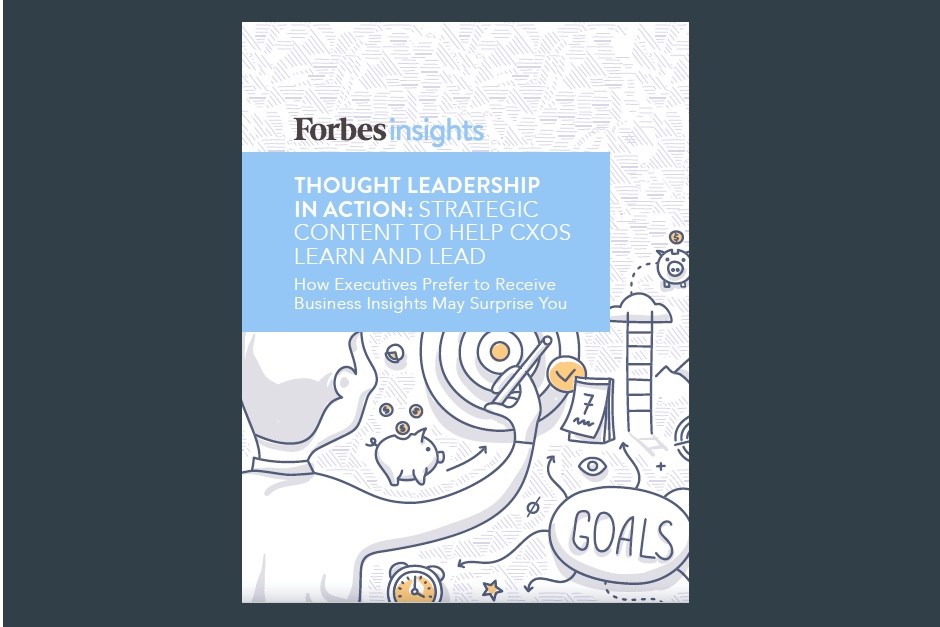How marketers can counter falling social media reach
26 October 2016
The world has – quite literally – billions of content marketers. Instagram, Twitter, LinkedIn, Facebook – most of us are at it, and the scale of our collective global use is truly breath-taking.
In the case of Facebook, 4.75 billion items of content are shared every day1. Such extraordinary volume poses a complex challenge: what content gets seen, and by whom?
When the average Facebook user logs-in, there are 1,500 stories competing to appear in their News Feed. As Brian Boland, Facebook’s VP for Advertising Technology, explains: “Competition in News Feed is increasing, and it’s becoming harder for any story to gain exposure”2.
This competition isn’t new, but it’s becoming more intense. Getting your story seen is becoming more and more difficult, particularly for businesses who have suffered as social networks focus more on personal content. Facebook, for example, recently changed its News Feed algorithm to further prioritise content from friends over brands and Adam Mosseri, Facebook’s VP for News Feed Product Management, freely admits that brands will be hurt: “Overall, we anticipate that this update may cause reach and referral traffic to decline for some pages.”3
The clear message: it’s getting harder and harder for brands to reach their audiences organically.
So what does this mean for marketers, and particularly B2B marketers whose content is more likely to be at odds with these algorithm updates? For one thing, it’s clear that the social audiences grown by brands over the last decade aren’t owned: they’re rented. You may have grown your audience organically; you may even have used Facebook ads to recruit new page likes. Either way, the message is clear: continued access to your audience is going to cost you. You have to pay to play.
While it’s easy to focus on the downside, this shift of social networks from owned and earned media towards paid presents opportunity to marketers. Social networks offer unparalleled access to global audiences, thanks to their ubiquity and the data they collect. 1.09 billion people use Facebook daily4 – that’s 1 in 5 people over the age of 155. And for each of those users, Facebook has built a detailed understanding of their interests and behaviour – making them addressable for all marketers, whether B2C or B2B. It’s similar on Twitter and LinkedIn, albeit with fewer users.
So while the investment required to reach audience through social media may be increasing, marketers can understand and target these audiences more precisely than ever before. And with cost-per-click ranging from 30-50p on Facebook and Twitter to £3-4 on LinkedIn, the investment needn’t break the bank. Through social media advertising there has never been an easier way to reach so many customers.
It’s no surprise, therefore, that social media advertising is big business. Global spending is forecast to reach $29.9bn in 2016. And it’s rising fast, predicted to grow a further 20% in 2017 – reaching $36bn and representing 16% of all digital ad spending.6
With such opportunity in mind, we’ve created The B2B marketer’s quick guide to social media advertising. This guide explains why social media advertising has become such an integral part of the B2B marketing mix, and how brands can harness it to add value to their bottom line.
The guide also shares best practice tips gathered by the social media advertising team at Metia Group, and offers insight from our Performance Benchmarking Index – a data collection benchmarking tool through which we track, measure and optimise all of our social media advertising campaigns. You’ll learn what represents a good return from the main social networks, and what trends and pitfalls you need to be aware of before you start a campaign. And for those ready to get stuck in, we provide a practical six step guide to ensure your social media advertising campaigns drive measurable value for your business.
You can download the guide here.
Sources:
1 Wishpond
2 Facebook
3 The Guardian
4 Facebook
5 CIA The World Factbook
6 eMarketer

1. The preferred formats for business insights among CXOs are feature-length articles and reports.
“CXOs need to think and act strategically” says Bruce Rogers, Chief Insights Officer of Forbes Media “which is why they more often opt for longer pieces that take them from hypothesis, through case studies, to conclusion, and are based on credible data.”
This demand from CXOs for longer-form content is something we can evidence with our own data.
In a recent lead generation campaign targeting a CXO audience, we A/B tested two different labels for the same long-form content asset: an ‘eBook’ vs. a ‘whitepaper’. Positioning the asset as a whitepaper (a typically longer, more detailed form of content) increased the conversion rate from 4.3% to 8.0%.
The perceived value of such content to a CXO audience is clear.
2. Don’t second guess CXO consumption habits.
The CXOs surveyed by Forbes and Deloitte were an eclectic bunch when it came to consuming long-form content. A huge 84% declared that they were likely to print a report to read offline, though 75% deemed themselves likely to consume via PC, 70% via tablet, and 59% via mobile.
There’s some double-counting at play here, but the message is clear: you need to deliver your content in a way that works for everyone.
When it comes to long-form content, aim for simplicity - and PDF files often work best. They’re ideal for lead capture, they can be consumed online and offline, and they are easily shared with colleagues.
This is an area where we have plenty of experience, and plenty of data to back up our recommendations. If you need a helping hand with your lead generation or content marketing programmes – or would like to see examples of how we partner with our clients in these areas – please get in touch.
